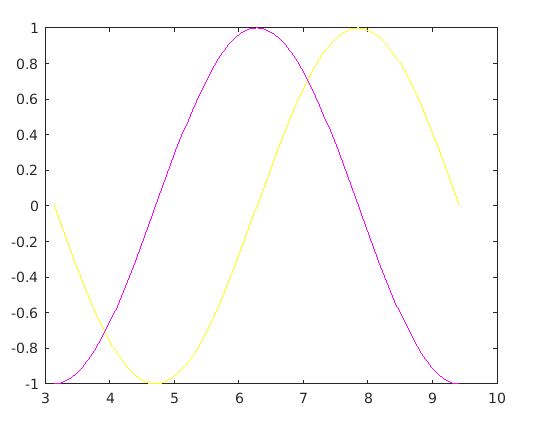

Its primary purpose is for when writing data is very expensive (slow) when compared to reading, eg. (in matlab program) You must use a while loop to solve this problem. So long as the vector is not sorted, pick two random positions from the vector and swap them. To detect whether a vector is sorted, use diff() and all() (or any()). Its asymptotic complexity is O(n 2) making it inefficient on large arrays. Write a function that takes a numerical vector and returns the sorted vector. Sort an array (or list) of elements using the Selection sort algorithm.įirst find the smallest element in the array and exchange it with the element in the first position, then find the second smallest element and exchange it with the element in the second position, and continue in this way until the entire array is sorted. It may be applied to a set of data in order to sort it.įor comparing various sorts, see compare sorts.įor other sorting algorithms, see sorting algorithms, or: This removes the matlab overhead of looping and should cut times down another notch.Ĭompile this with mex find_halfspace_mex.c #include "mex.This is a sorting algorithm. Now, to really make this fast, we can write the method in c and compile a mex file. Halfspace search (outdated – the iterative matlab implementation is about as fast) (c/mex) This code runs at ~0.004s, so we’re down to ~ 0.35% of the find method, and the code is now so fast that there’s no reason to use sample number calculations instead of this time based lookup. function middle = find_halfspace(x,target) This is the version you should generally use. This implementation does the same half-space search as the above one, but avoids calling a new function for each iteration, making it much faster. This now runs at ~0.17s, so ~13% of the time for the find based method.

Now we can rewrite the example like this: ts=linspace(0,20,500000)

= find_halfspace_rec(data,x,lower,upper) % returns the number of the last sample in the ASCENDING array data that is With a nice wrapper: function l = find_halfspace(data,x) ( UPDATE: Brian Lau pointed out that this implementation is slower than it needs to be because it relies on recursive function calls, which are slow in matlab – scroll down for a faster implementation.) function = find_halfspace_rec(data,x,lower,upper) A quick matlab implementation could look like this: In contrast to a straight binary search however, we want to stop not when we find the element that equals the time we’re looking for, but the closest smaller one, because in all likelihood there is no timestamp with that exact value. Timestamps are if not linear, so at least sorted, so instead of the linear search with find, we could just do a half space search: Divide the array in half, and check which half the desired element will be in, divide that half again etc until the element is found. Halfspace search (slow, recursive matlab)

Even the above toy example runs in ~1.3sec on my machine, that’s too slow for running big analyses. This method is simple, but find scales with array size as o(n), and you’ll be doing one of these for each trigger (the min() doesn’t add significant overhead).
#Sorted vector code matlab windows#
The matlab code for this post is available at Ī lot of the first-order data analysis I’m running amounts to taking lots of big time series, aligning them to triggers (time of stimulus onset, response times etc) and running statistics on the resulting aligned samples.īecause I store triggers as time stamps in seconds and not just as sample numbers (so that re-sampling the data does not become an issue, and for ease of use when defining time windows etc.), I often need to turn a time into an index/sample number.įinding the time stamp closest to a given time in a huge vector of time stamps (in my case, one time stamp per sample) requires considerable cpu time – here’s a method that practically eliminates this overhead. Selection Sort algorithm solved using MATLAB Function Programmer World 9.71K subscribers Join Subscribe 42 5K views 4 years ago Sorting Algorithm in MATLAB This video shows the.


 0 kommentar(er)
0 kommentar(er)
